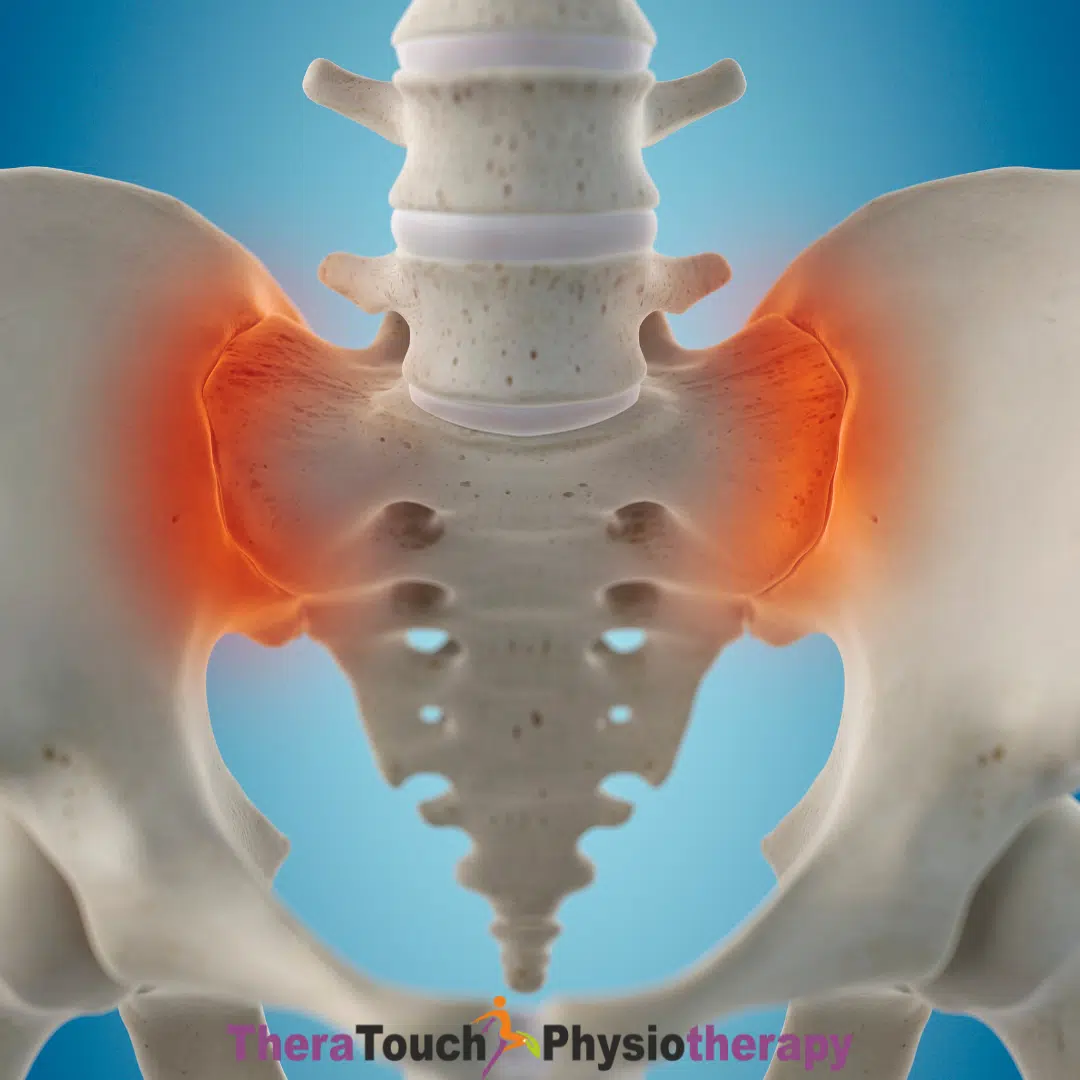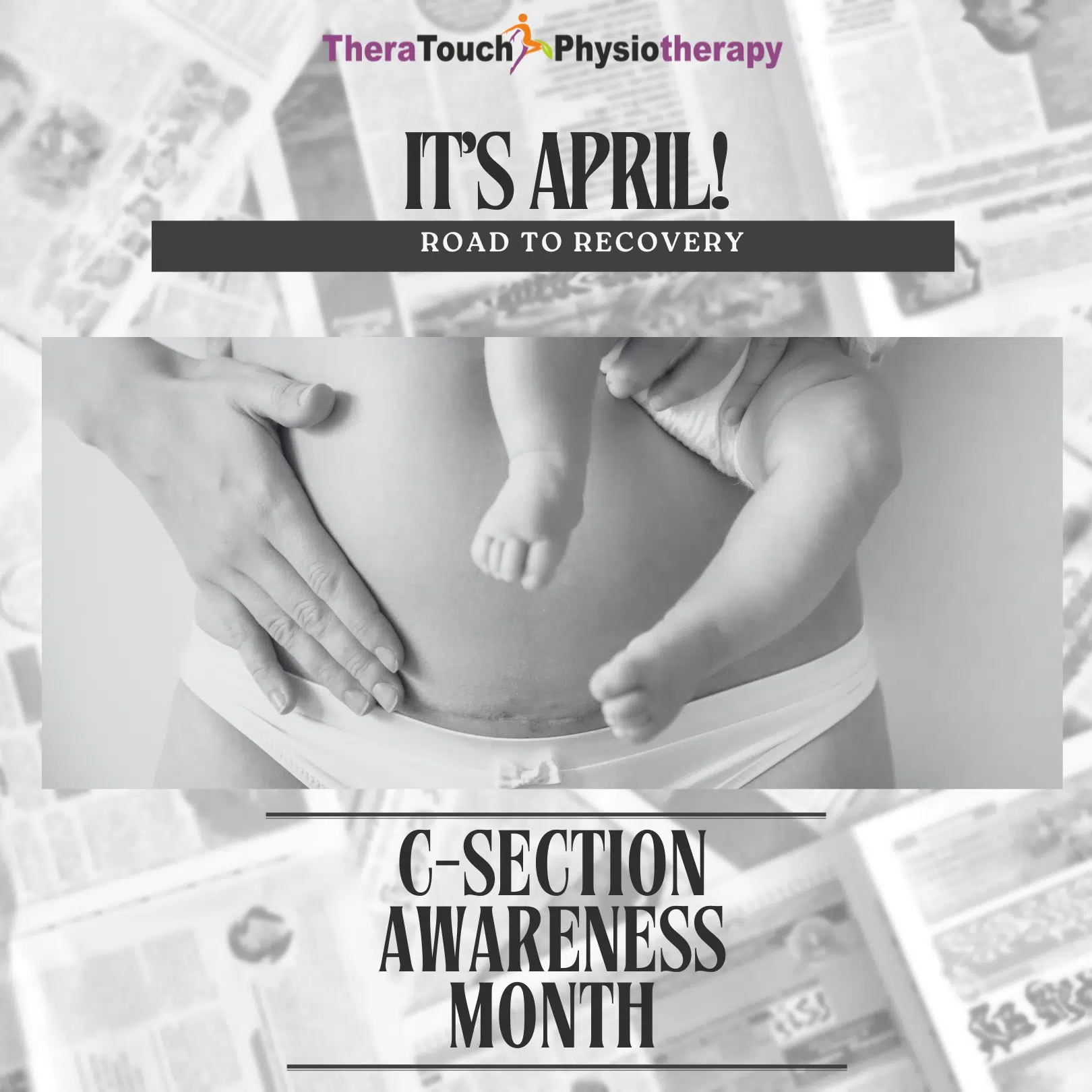Understanding Hypertonic Pelvic Floor
Your pelvic floor isn’t just a set of muscles, it’s a deeply intelligent support system that reacts to your stress, your movement, your breathing, and your emotional life. And just like any part of your body, it can fall out of balance. When you think of strength, you might imagine firm muscles that hold everything together. But with your pelvic floor, strength without softness can become a problem. If those muscles stay tense even when you’re resting, they lose their flexibility and function. This is called a hypertonic pelvic floor. A condition where your muscles are stuck in a chronic state of contraction, unable to release when they should. That kind of “always-on” tension leads not just to discomfort but also to dysfunction.
What a Hypertonic Pelvic Floor Feels Like
Living with a hypertonic pelvic floor often feels like your body is working too hard even when it should be relaxing. You might feel like you’re sitting on a rock, or like something is pressing inside you that shouldn’t be there. Sex might feel painful, shallow, or disconnected. You might have to push or strain just to have a bowel movement, or feel like you never really empty your bladder. Urination might feel rushed or incomplete. Even though the problem sits low in your body, the effects ripple upward: you may notice back pain, tight hips, tailbone soreness, or a constant sense of being clenched or braced. These are not just physical symptoms, they become part of your daily life, shaping how you sit, how you move, how you feel about your body, and how you experience closeness and rest. You may even begin to carry the idea that your body is “just like this,” when in reality, your muscles are calling for support.
Why This Tension Builds Up in the First Place
Your body holds stress in ways you don’t always realize. Think about the moments when you’re nervous, under pressure, or holding in a bowel movement. Think about how you brace when you lift heavy objects, when you’re on stage or in a meeting, or when you’re powering through a workout. Your pelvic floor responds to those moments. It tightens to help you feel safe or in control. Over time, that tension can stick. If you’ve had pelvic surgery, experienced trauma, given birth, or even struggled with chronic constipation, your muscles may have learned to stay contracted for protection. This is your nervous system doing its job but it doesn’t always know when to stop. Without guidance, those muscles remain guarded, and healing becomes difficult.
How Pelvic Floor Physiotherapy Finds and Eases the Tension
When you come into therapy at TheraTouch, we begin by looking at your whole body—not just the pelvis in isolation. We examine how you breathe, how you move, and how you hold yourself throughout the day. We ask about your bowel habits, bladder patterns, and emotional stressors. Everything is connected, and your story helps us understand where your tension is coming from. We may also use a gentle internal assessment, with your consent, to feel the muscles of your pelvic floor. This gives us important information: Are your muscles gripping too much? Are they responding normally to cues like breath and movement? Where exactly are they tight? We also listen to your nervous system. Hypertonicity often means your muscles are overprotecting, not overworking. They’re trying to guard you, not serve you and that’s what we help change.
How We Gently Guide Your Body to Let Go
At TheraTouch, we use skilled, evidence-informed techniques to help your pelvic floor release. That includes internal and external manual therapy, soft tissue massage, myofascial release, and targeted pressure on trigger points. We also work on the surrounding areas: hips, thighs, and lower back often pull on the pelvic floor and must be softened too. But release isn’t something we do to you, it’s something we teach your body to allow. This help you learn to breathe into the spaces where tension has taken over. Then guide you to feel how your diaphragm and pelvic floor can move together and how inhaling creates space and how exhaling encourages soft release. Also, we stretch tight muscles that contribute to gripping. We mobilize stiff joints that cause imbalance. And we build awareness so that you can begin to recognize and interrupt those moments when your body tries to brace again.
Teaching You How to Let Go, Not Just Once, But Every Day
\True recovery from hypertonic pelvic floor isn’t just about relaxing during your session. It’s about teaching your body a new rhythm. At TheraTouch, we train your muscles to react differently, not just once but every time you move, breathe, and live. You’ll learn how to breathe diaphragmatically, allowing your belly to rise and fall naturally, signaling to your pelvic floor that it’s safe to relax. You’ll begin to pair this with gentle movement: lifting objects, changing postures, walking up stairs, even exercising all without gripping. This is what we call “down-training.” It helps your muscles soften not only when you’re lying still but also when you’re in motion. This makes your therapy last. It moves the progress from the clinic table into your daily life, where it really counts.
Celebrating the Changes You Feel
As your therapy continues, you’ll notice subtle yet powerful shifts. Sitting feels easier. Sex becomes more comfortable and connected. You’ll go to the bathroom without bracing or pushing. Your posture feels more relaxed, your hips feel freer, and your breath moves with ease. It’s not just managing pain, you’re reconnecting with your body. You’re reclaiming the sense of softness and support that your pelvic floor was always meant to provide. You learn to live without that background hum of tension, without the feeling that your body is stuck in defense mode.
How TheraTouch Can Support Your Healing
At TheraTouch, we specialize in pelvic floor physiotherapy that looks at the whole person. We understand that a hypertonic pelvic floor is never just about tight muscle. It’s about how your body has learned to cope, protect, and hold. Our expert physiotherapists create a safe, supportive space where you can release those patterns and build new ones. Through customized hands-on therapy, breath training, nervous system regulation, and emotional awareness, we help you find balance again. We meet you where you are and walk with you toward relief, connection, and confidence.
You don’t have to live clenched. You don’t have to keep pushing through the tension, ignoring your symptoms, or accepting pain as normal. Your pelvic floor can heal. With the right support, guidance, and time, you can feel what ease and softness truly mean for your muscles, your breath, and your life. Let TheraTouch help you find that relief, restore that balance, and return to the life you deserve.










